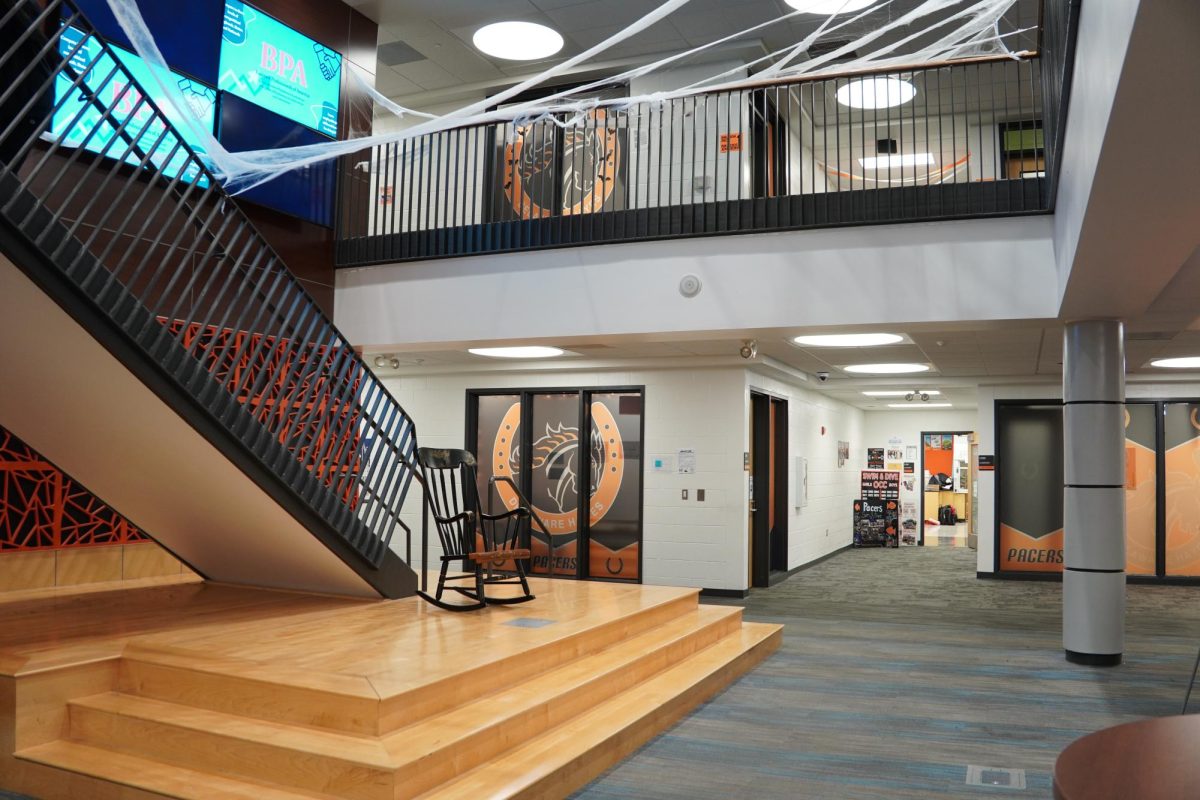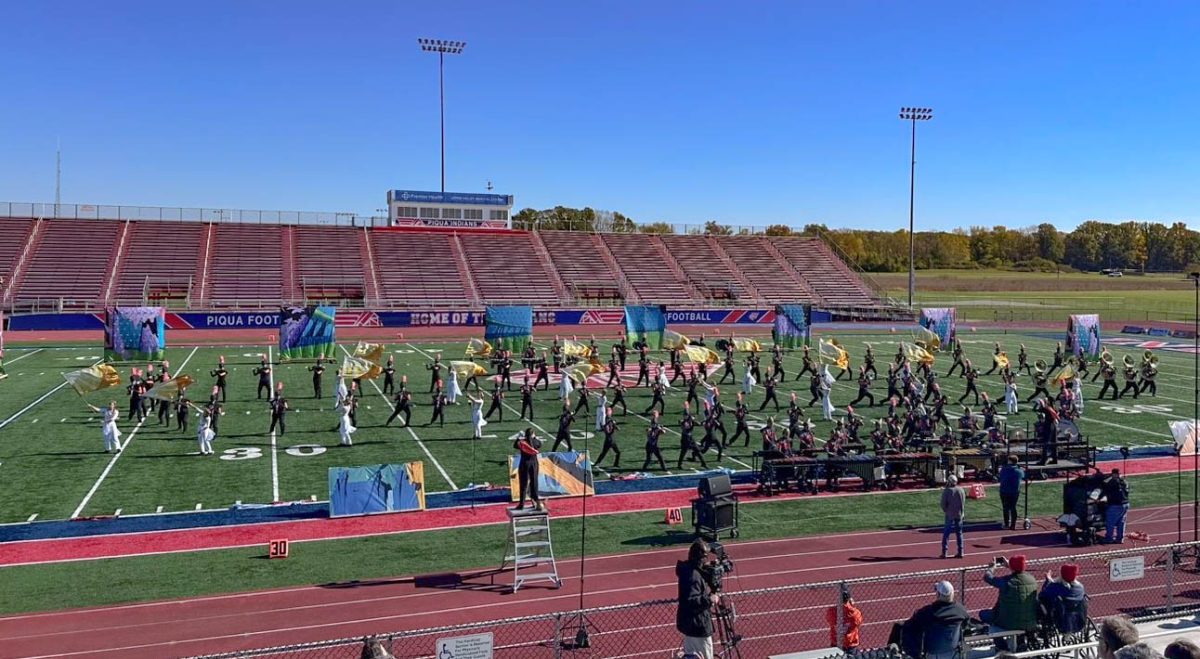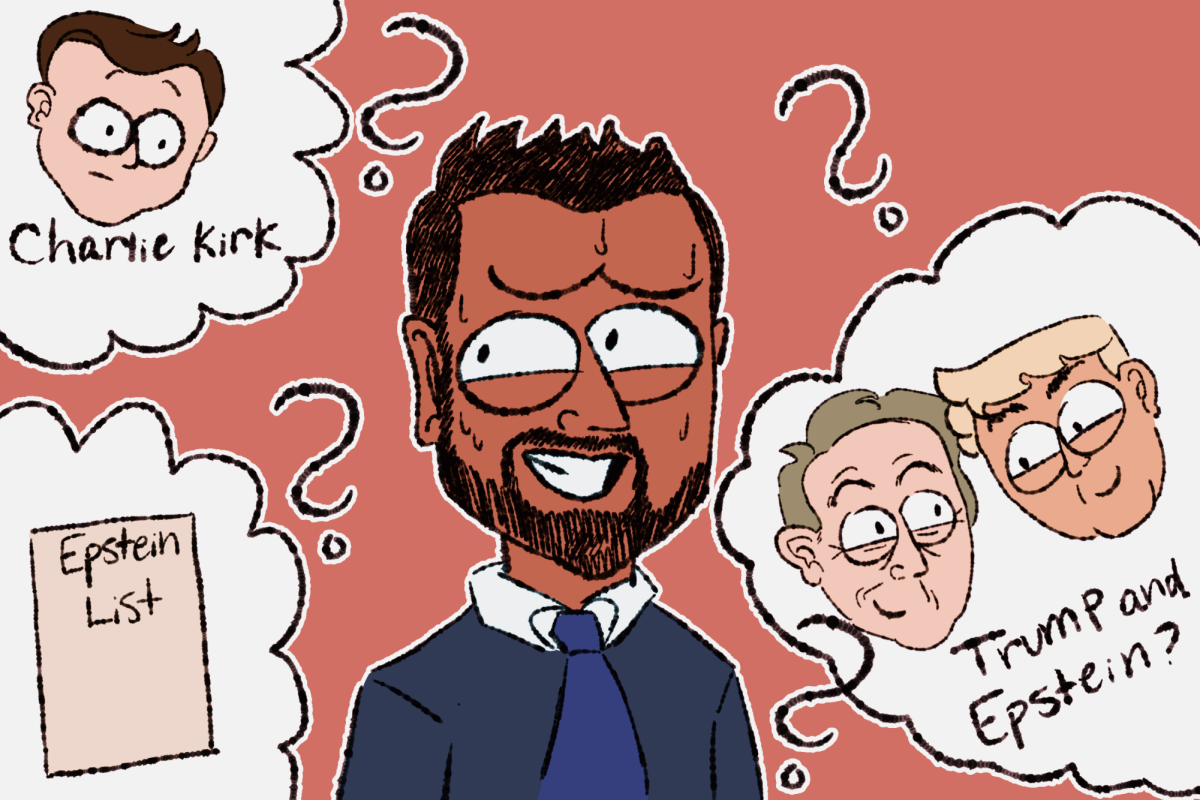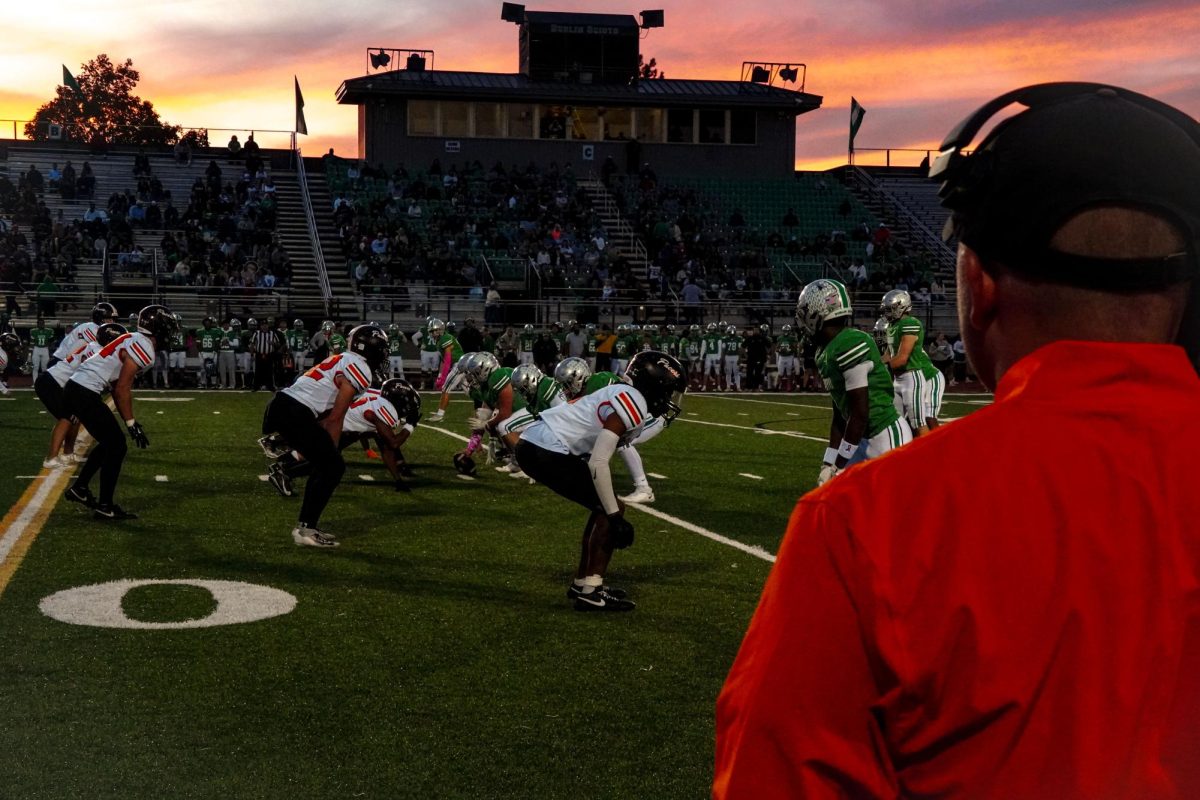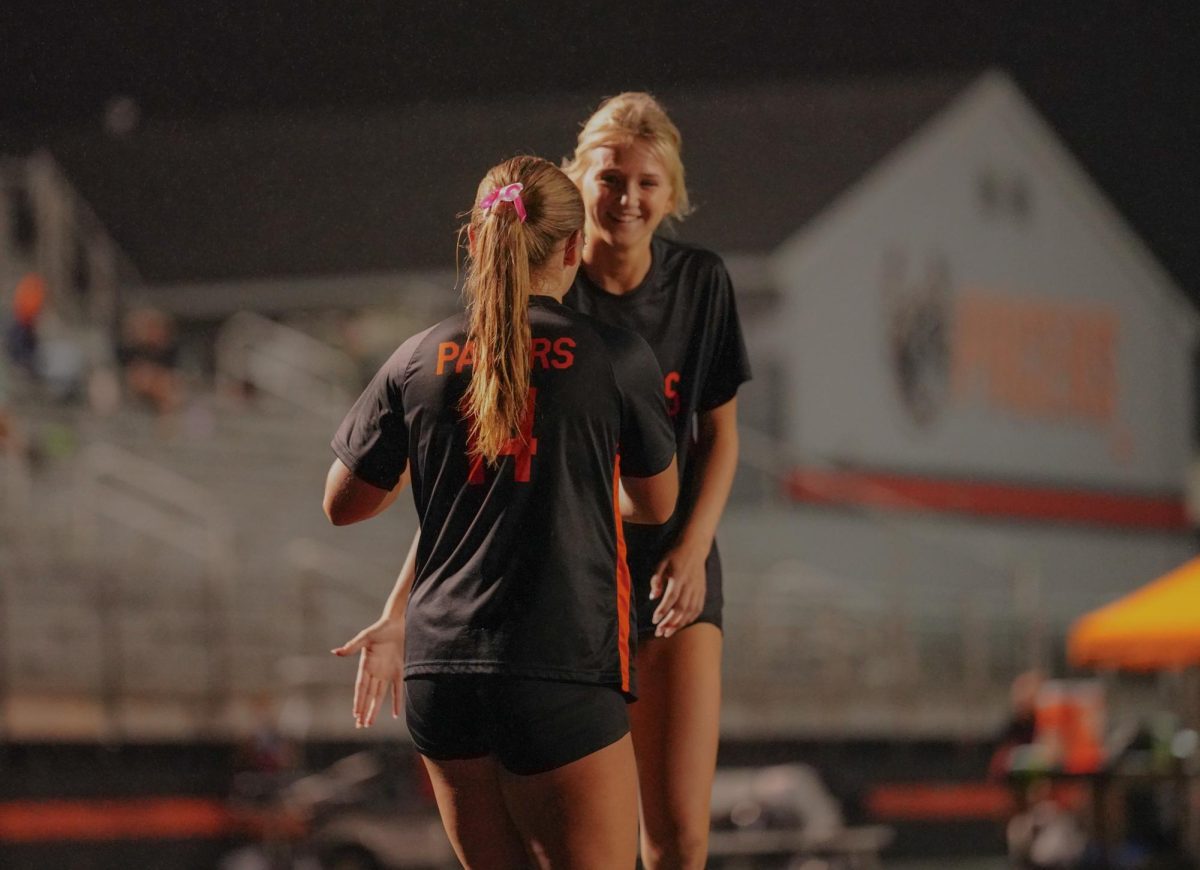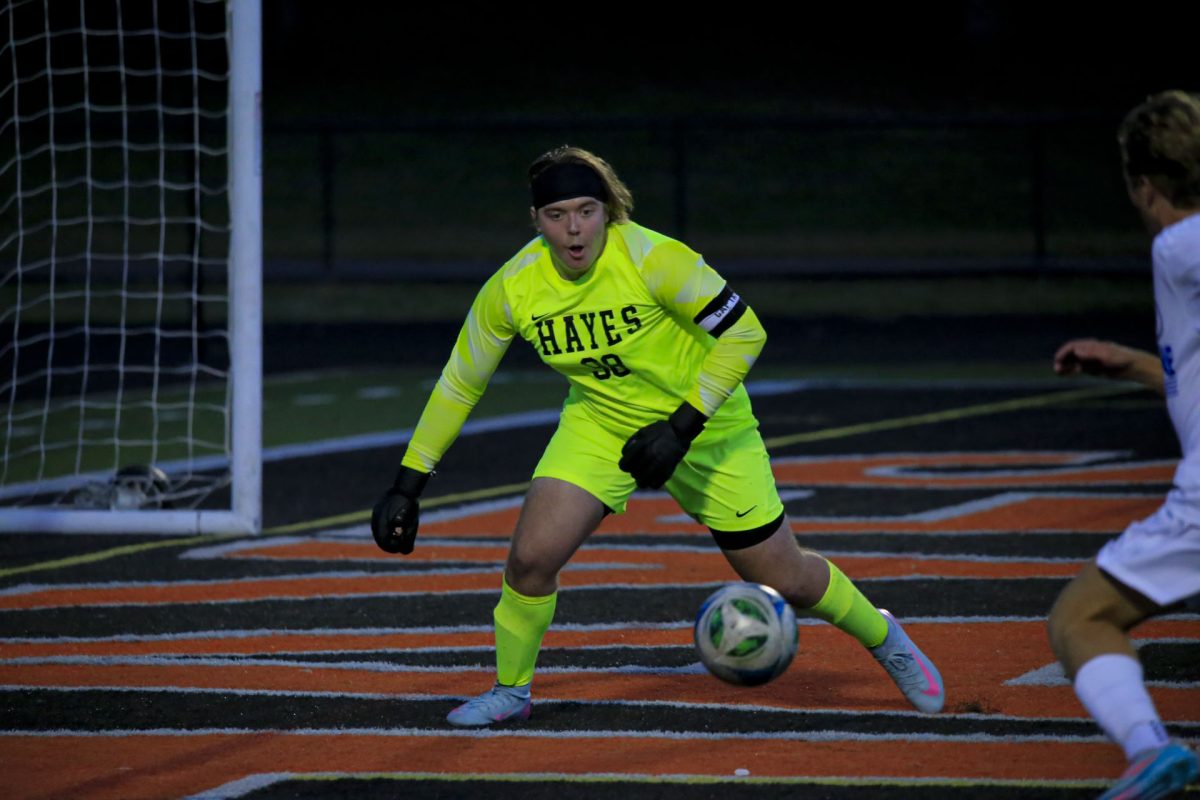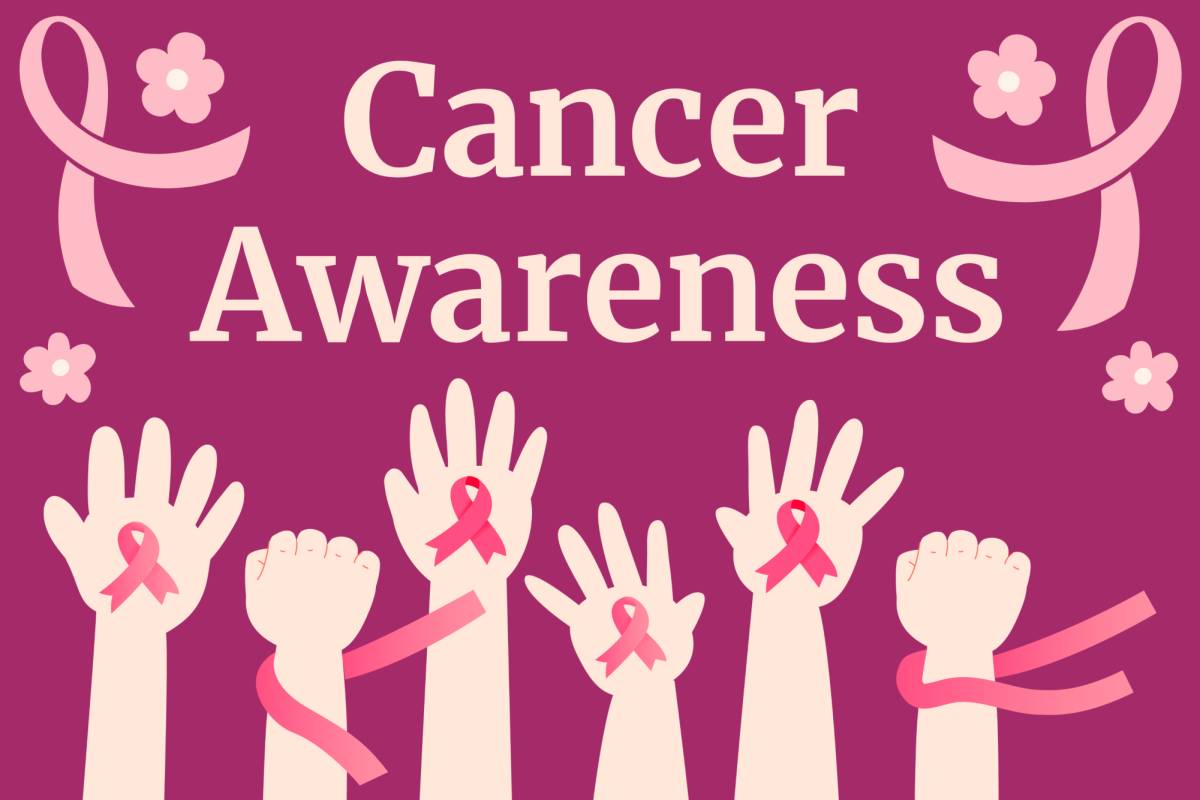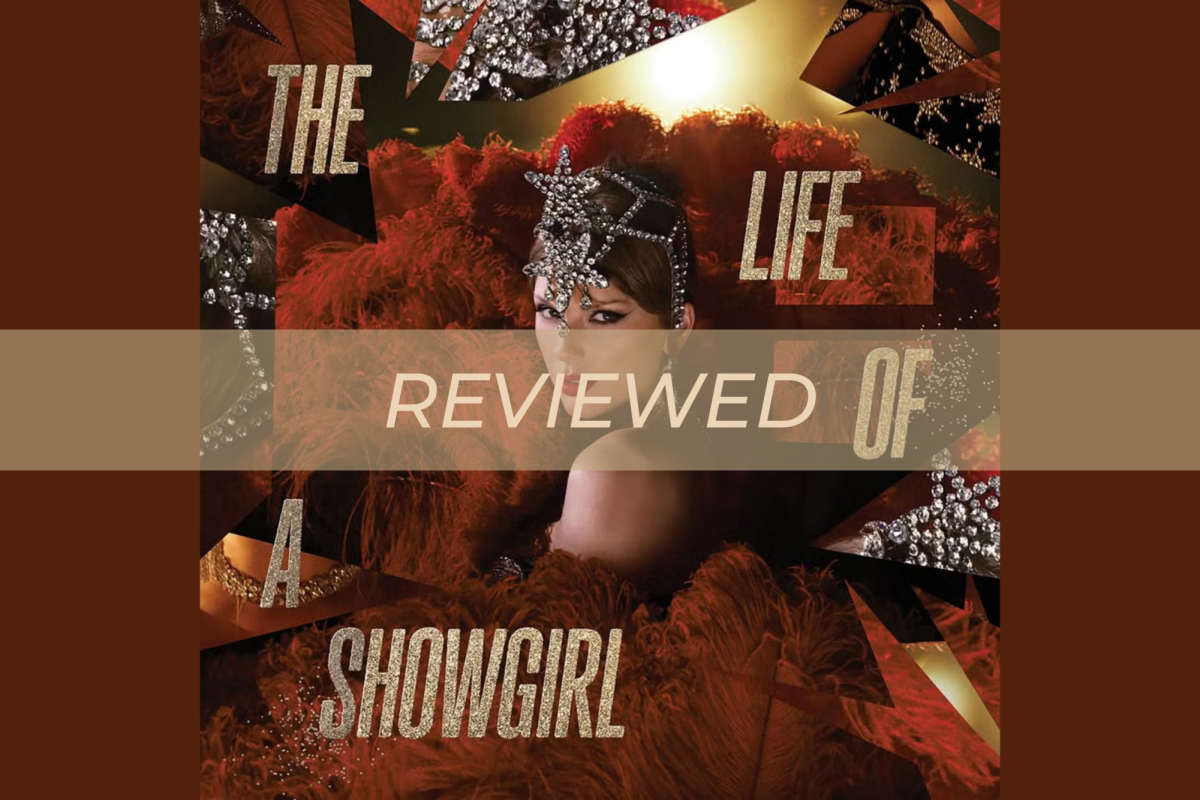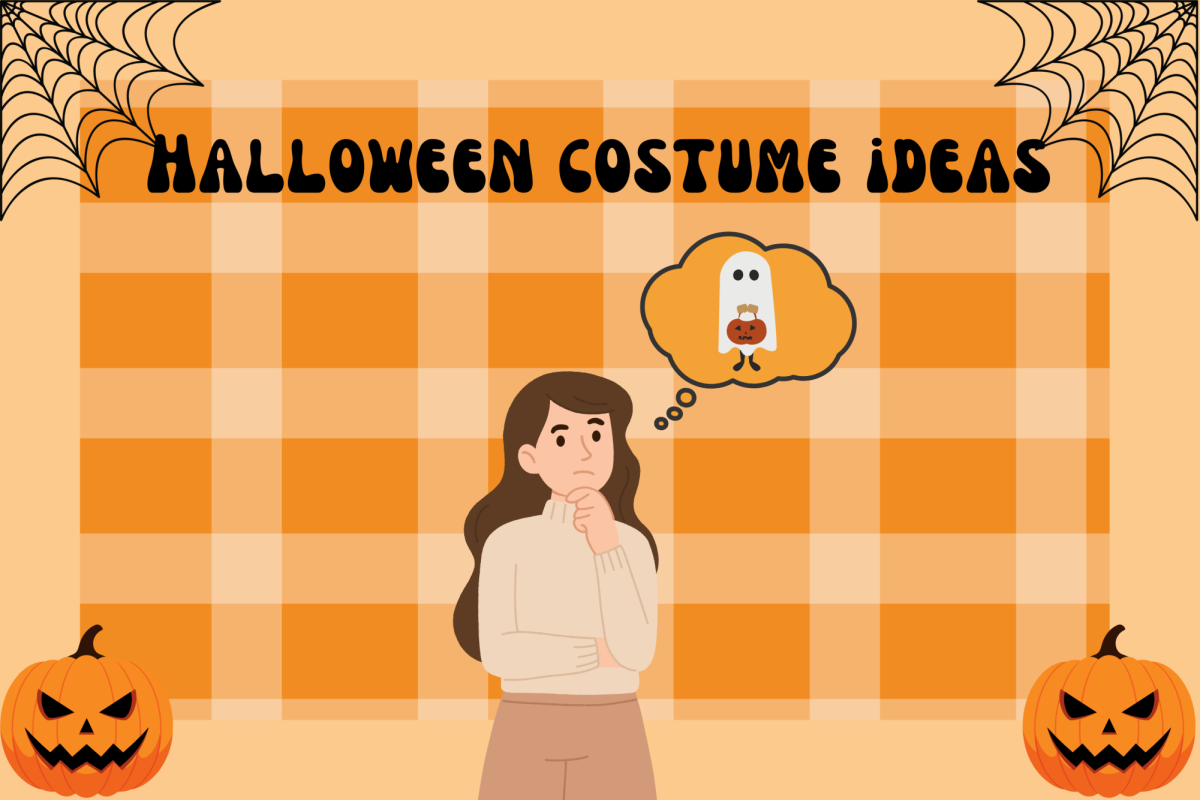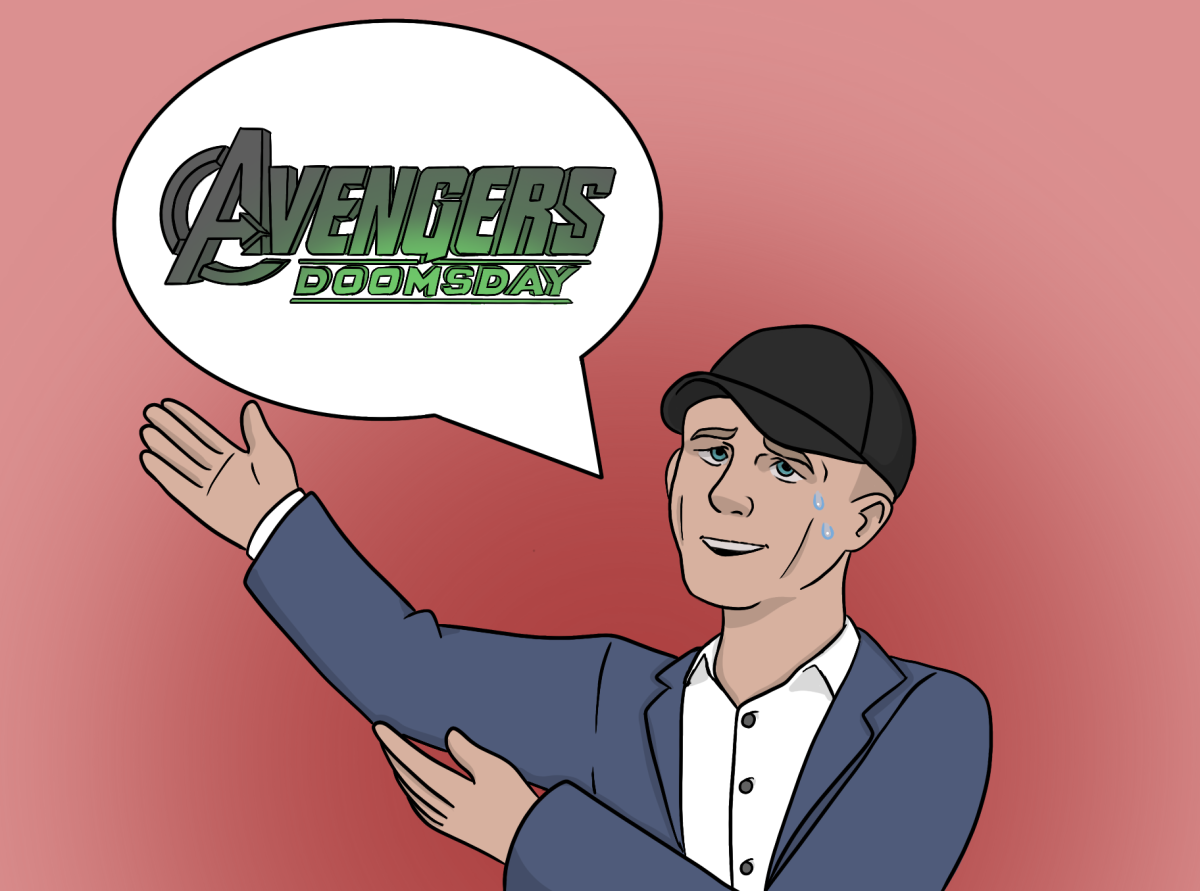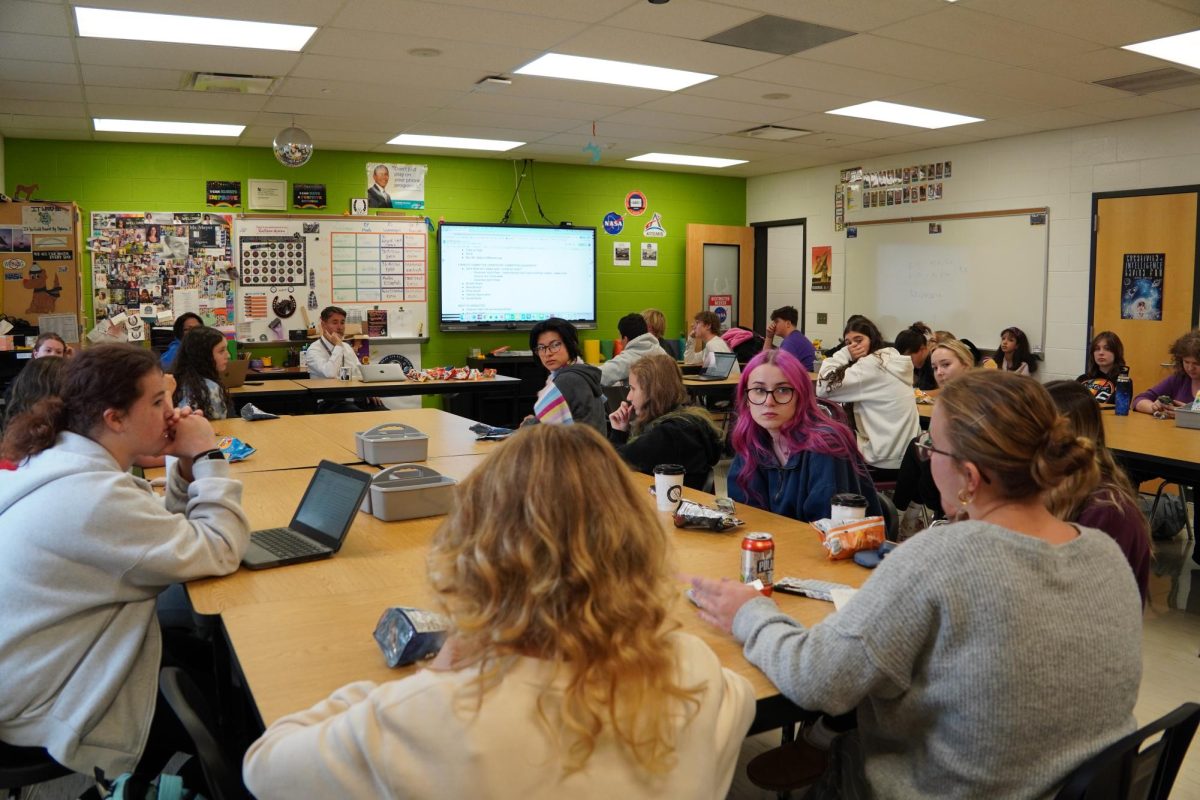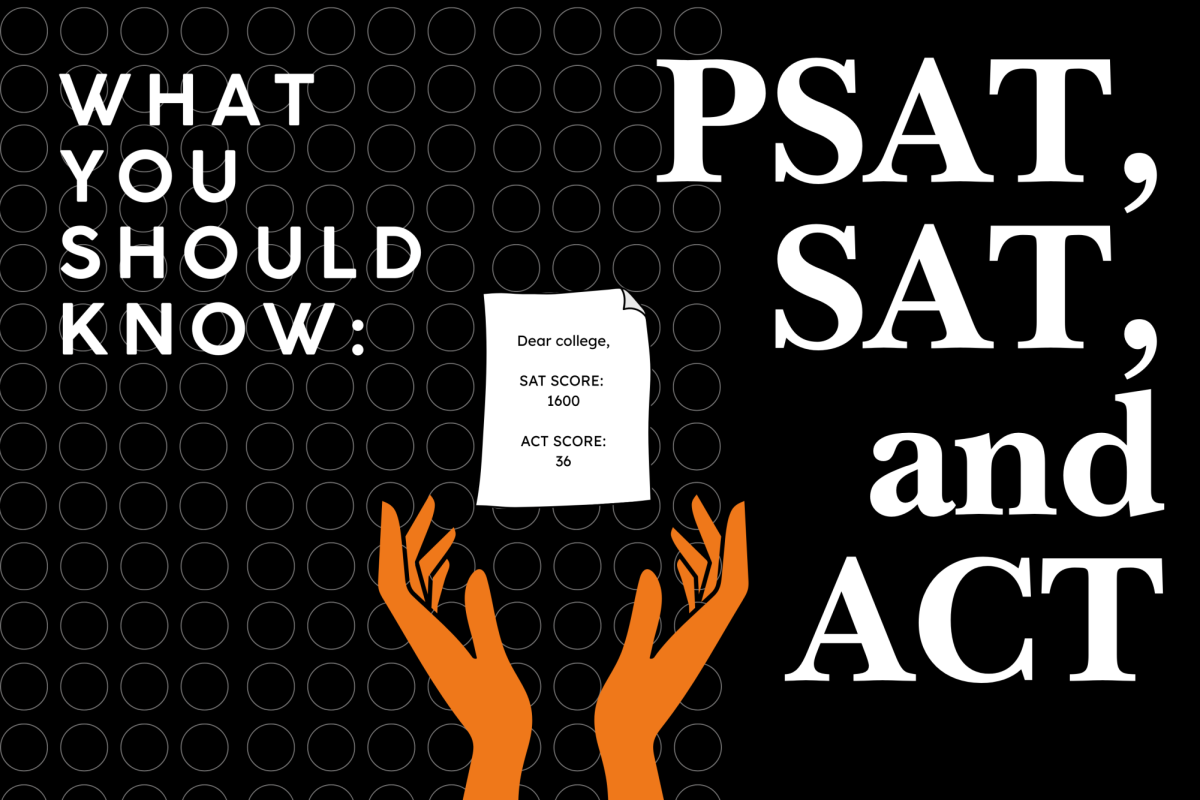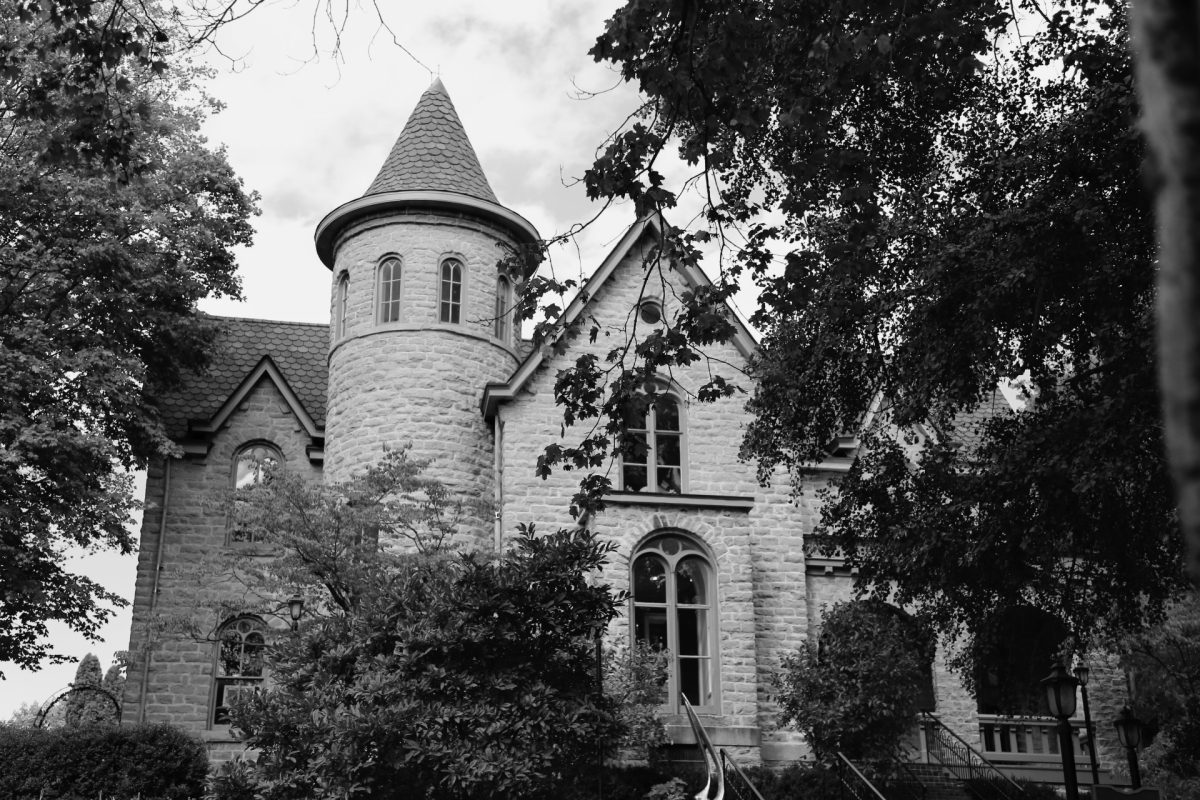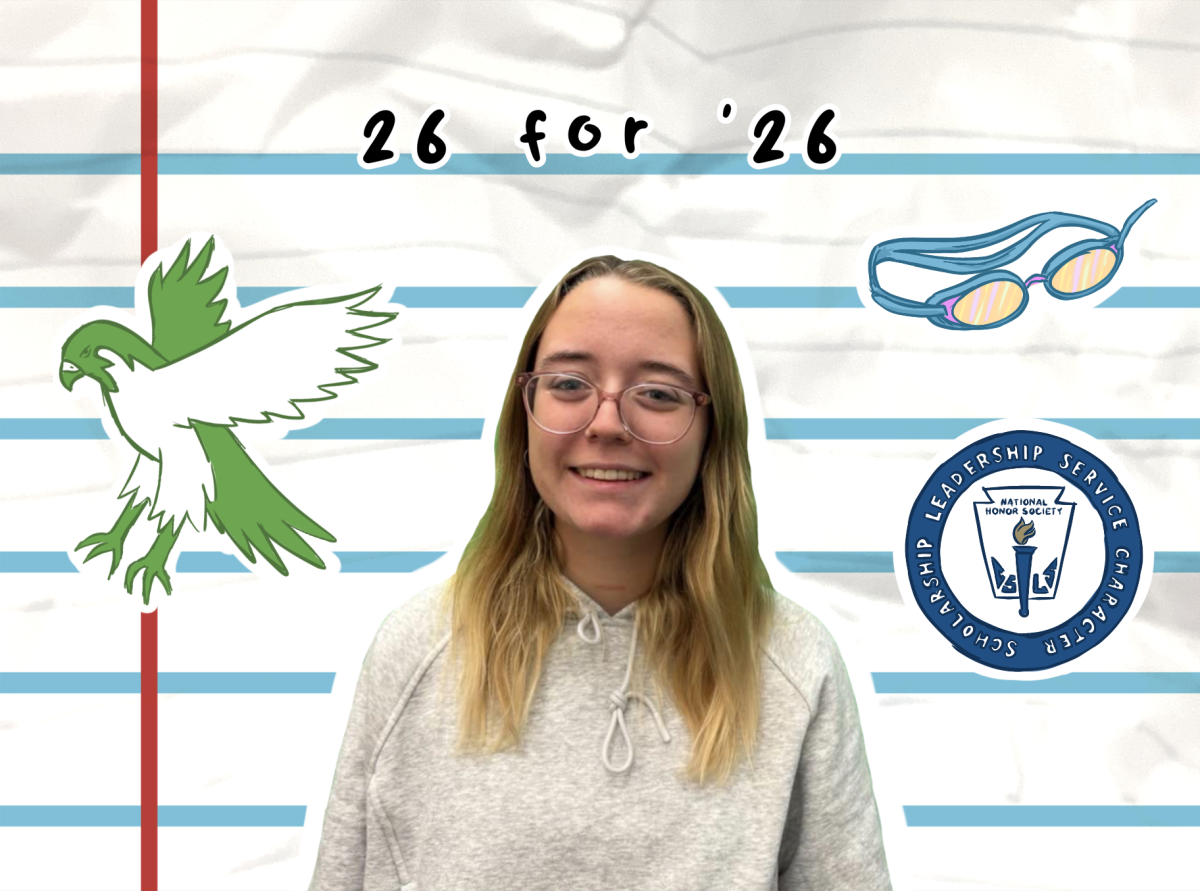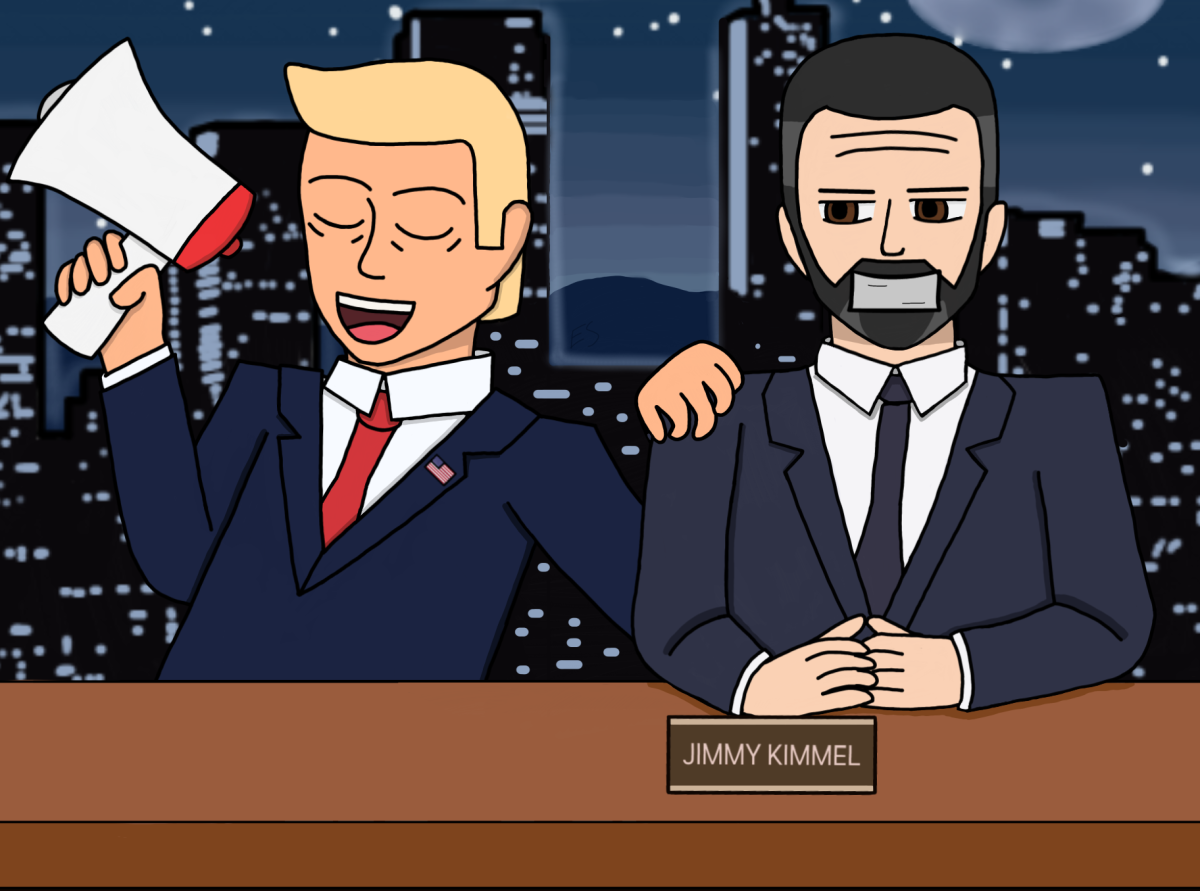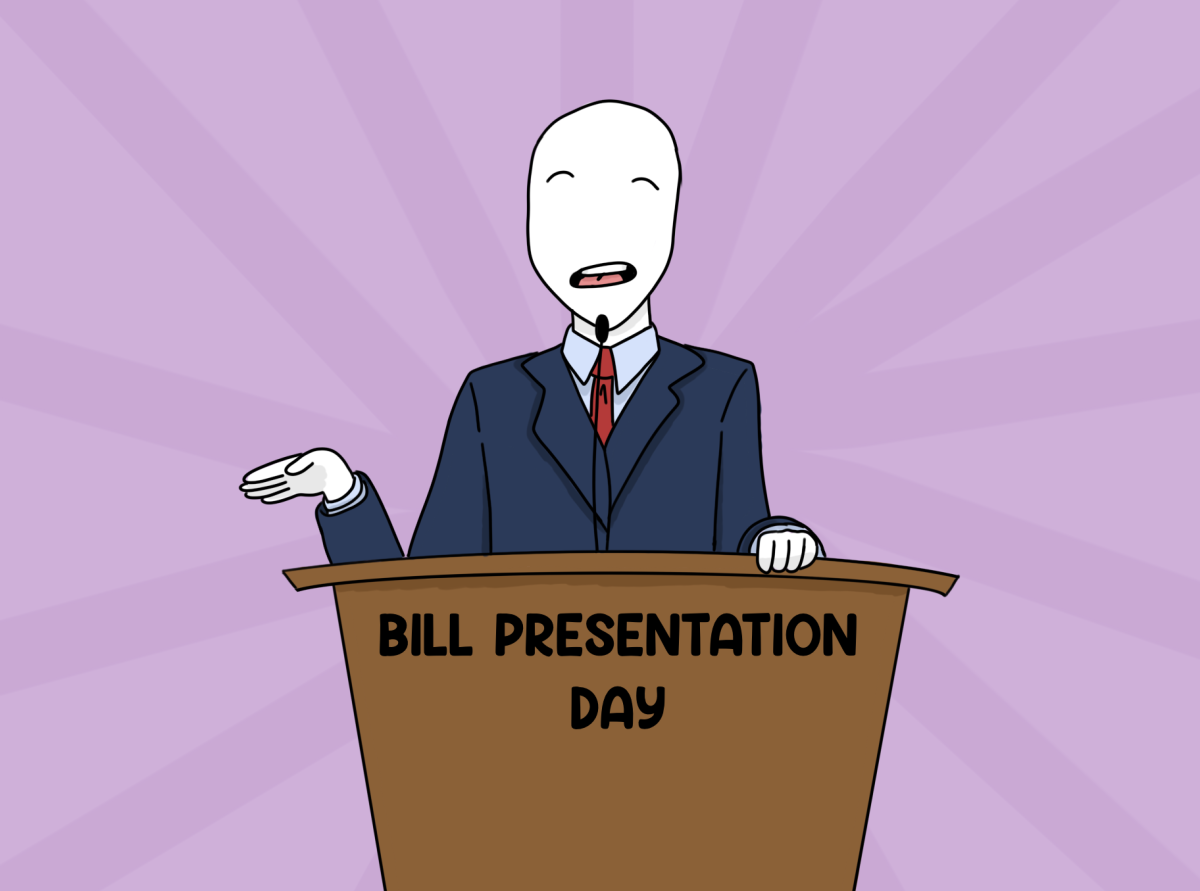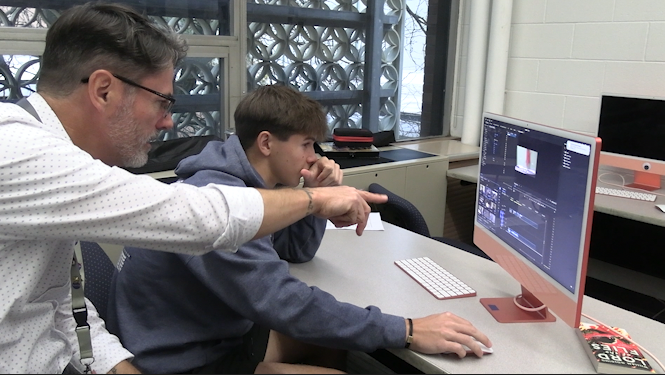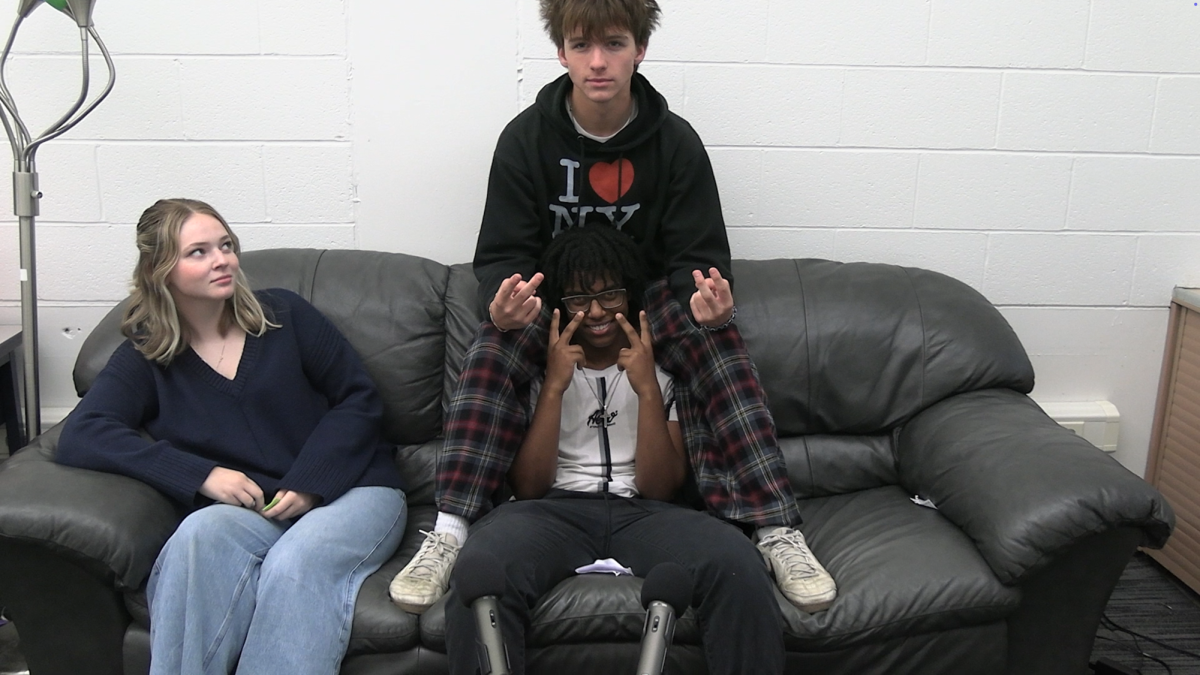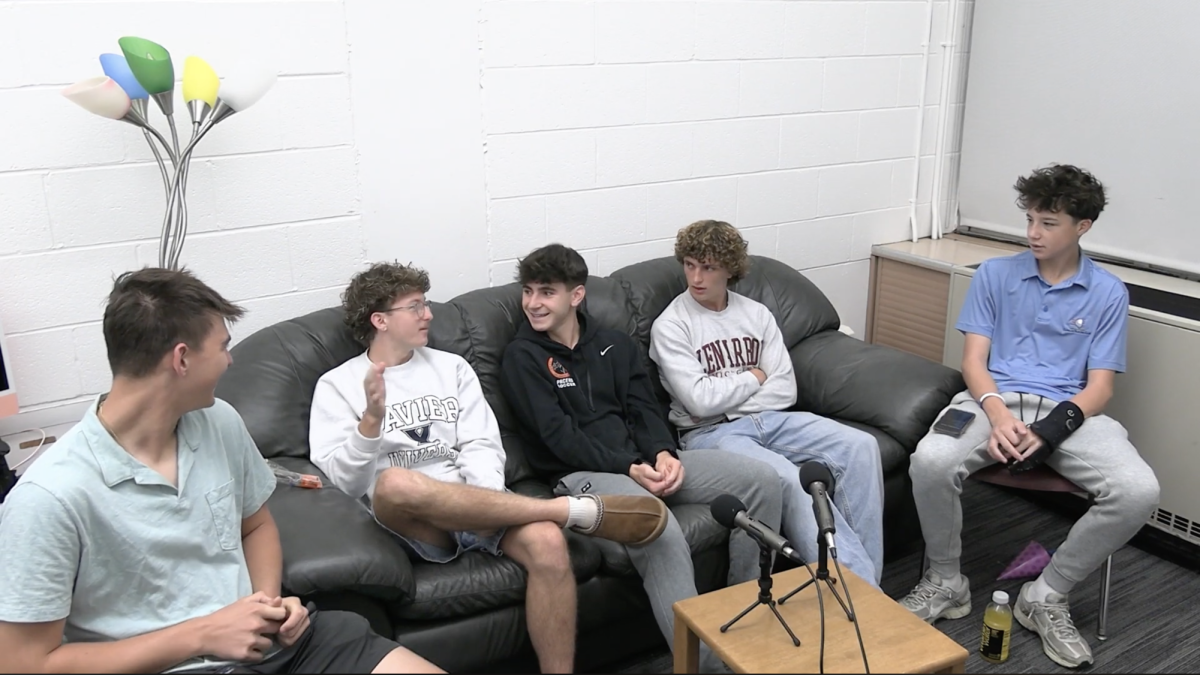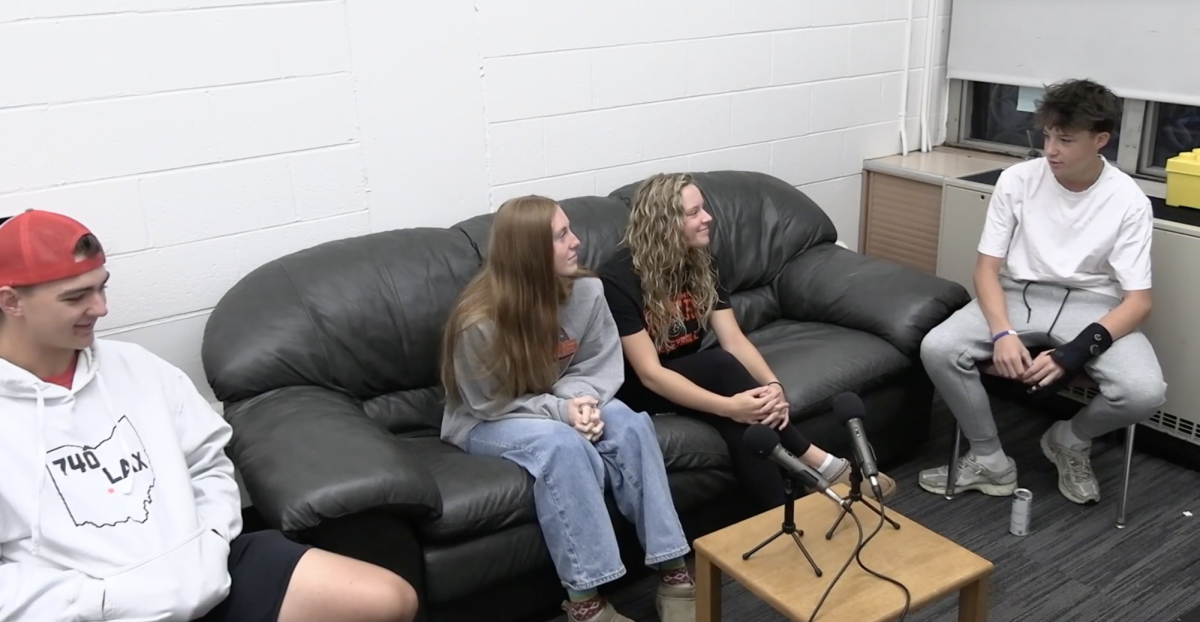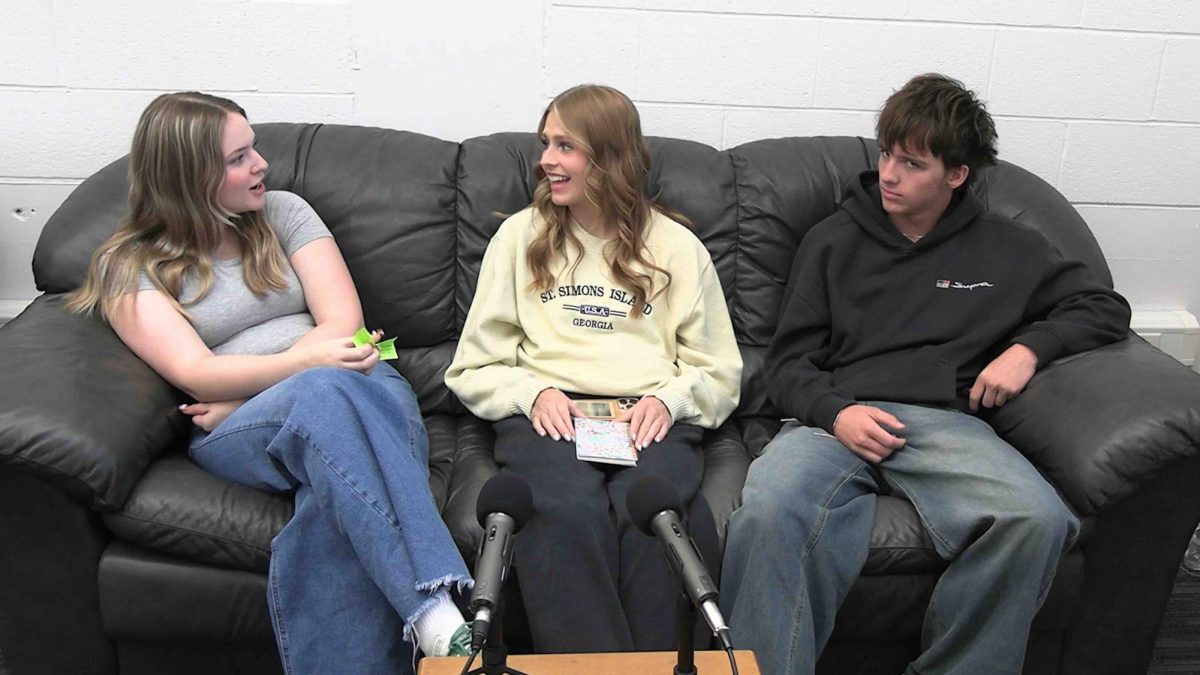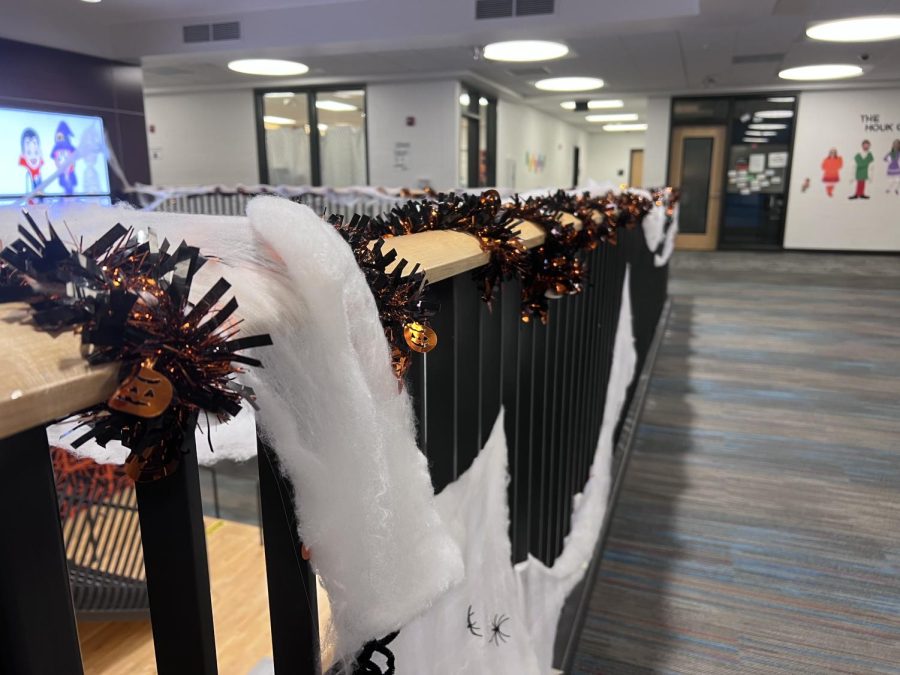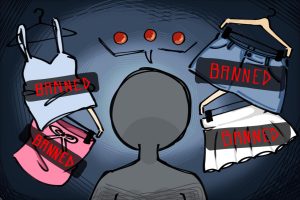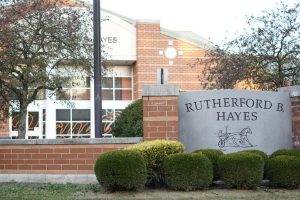How Halloween came to be
Each year, Houk House decorates for “Houk-tober” in the Rowland Center.
November 1, 2022
Halloween is a holiday that is commonplace for people in many places all over the world. It’s a chance for children to dress up in costumes and get plenty of treats. However, it hasn’t always been that way.
The meaning of the word halloween itself can give some indication of its long history. “Hallow” is a word meaning Holy person, and “een” is a contraction of Eve. Originally, the holiday was much more rooted in religion than its current and commercialized counterpart.
Halloween originally started as a Celtic celebration called Samhain, rooted in Paganism. It lasts a couple days, beginning on October 31 and ends the evening of the next day. It’s typically a fire festival, which celebrates the concept of death and rebirth.
The Celtics of what is today the United Kingdom used a form of calendar based on a wheel, with two halves; one light and one dark. Samhain was the transition between the two halves, and the name itself roughly means the end of summer.
The celebration of the holiday consists of a large feast, celebrating relatives who have passed on. The holiday invites them to come back to the realm of the living. Traditional Samhain rituals were all grounded in the idea of staying close with the dead.
Interestingly enough, one part of the festival involved eating and emptying gourds. Those gourds would then be carved, a tradition that has evolved into the carving of jack-o-lanterns.
Another staple of Samhain was the usage of animal costumes, which were used to hide from unpleasant spirits. It is likely the origin for today’s familiar tradition of Halloween costumes.
A final similarity between Samhain and modern Halloween is the trickery that would occur during the holiday. In the case of the Celtics, tricks would be blamed on naughty spirits.
When Romans took over Celtic-occupied land around 43 CE, Christianity began to spread throughout the land through the use of missionaries. Many Celtic traditions began to disappear.
However, many Celtic practices were modified to seem more Christian as a way to get people to convert more willingly. Samhain was one such tradition, evolving into All Hallows Day, which was dedicated to celebrating various saints of Christianity.
Halloween evolved from All Saints Day as a tamer option. Soon, it would become the more celebrated of the two. It was mainly celebrated in what is now the United Kingdom.
When British Colonizers came to America, many were Puritans, meaning they wanted nothing to do with Halloween. It was deemed too Catholic for their liking. It eventually did return to America through harvest themed traditions during the early 19th century.
The Irish Potato Famine of the mid-19th century pushed many Irish immigrants into America, bringing back the beloved Halloween traditions.
Children dressed in costumes and were given small things, like money, in exchange for theatrical performances, like acting out bits of poetry. When they weren’t participating in activities such as these, they were playing pranks.
These pranks often got out of hand very quickly. Children were reported to have set things on fire, urinated on peoples’ property, torn up gardens and even tipped over outhouses to celebrate Halloween.
Elizabeth Krebs, a resident of a small town in Kansas, was the victim to one of those pranks. A group of children destroyed her prized garden year after year. She took matters into her own hands and threw a party for the kids. By the end of it, the exhausted children just went home.
Soon, the severity of pranks died down, and children adopted a format like that of current trick-or-treating. Following World War 2, America was in a new era of economic prosperity. It was a golden opportunity to commercialize Halloween’s success.
Costumes were a hot item for children, and they were now being produced for consumption by companies like Ben Cooper, starting in the 1960s. Kids were now able to dress as their favorite characters, bringing a new level of excitement to the holiday.
Halloween has since evolved through the years to fit whatever fads or trends current for the time. It is very distant from its origins, but it is a holiday that is still cherished by millions.


